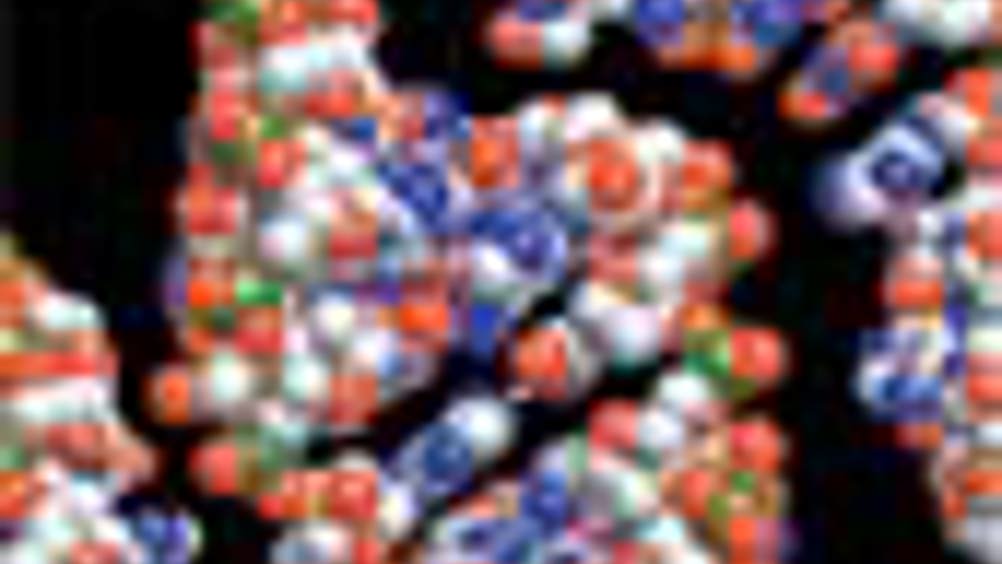Prints of precision

Ultra-precise, high-resolution microstructures could be created pixel by pixel using a tiny pipette and a novel two-tone molecular printing process, claimed a UK research team.
Dr David Klenerman and his joint team from Cambridge University and Imperial College, London, hope their nanopipette-based system will help enable advances in bio-molecular research.
The process could be used to make miniature biosensors that detect changes in fluorescence in a target molecule. It could also create arrays of molecules such as DNA, or protein nanoarrays, where the small size would mean less sample is required and analysis could be performed much faster than with current microarrays.
A spin-off company called Ionscope Ltd has been set up to commercialise the technology, said Klenerman. ‘We see this as a great tool for prototyping, such as making novel structures or determining the best combination of components.’
The team has already produced a colourful, fluorescing microscale portrait of Isaac Newton to demonstrate the system’s potential for molecular printing.
Register now to continue reading
Thanks for visiting The Engineer. You’ve now reached your monthly limit of news stories. Register for free to unlock unlimited access to all of our news coverage, as well as premium content including opinion, in-depth features and special reports.
Benefits of registering
-
In-depth insights and coverage of key emerging trends
-
Unrestricted access to special reports throughout the year
-
Daily technology news delivered straight to your inbox










CCC Report Finds UK Climate Targets Still Within Reach
In 1990 67% of the UK´s electricity came from coal-fired power stations and even without renewables the transition to gas was a major contributor to...